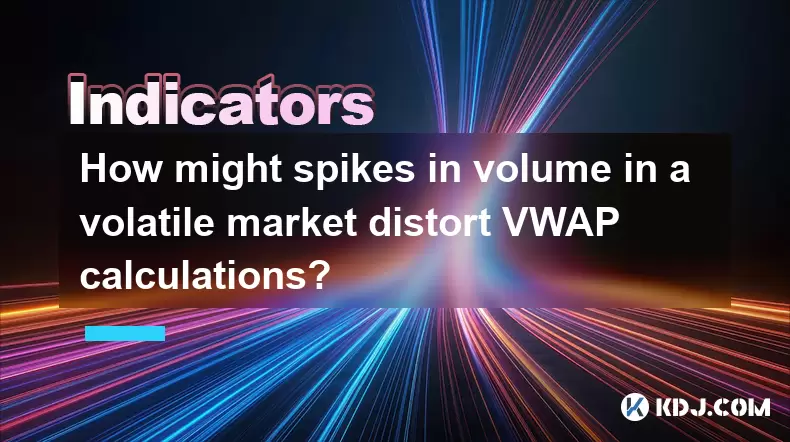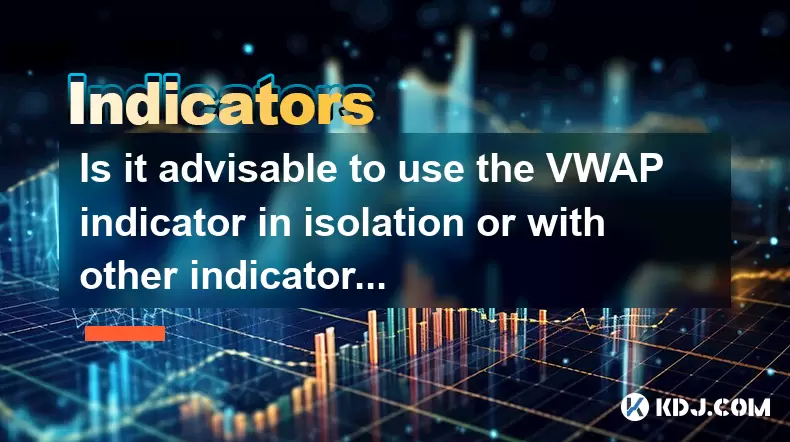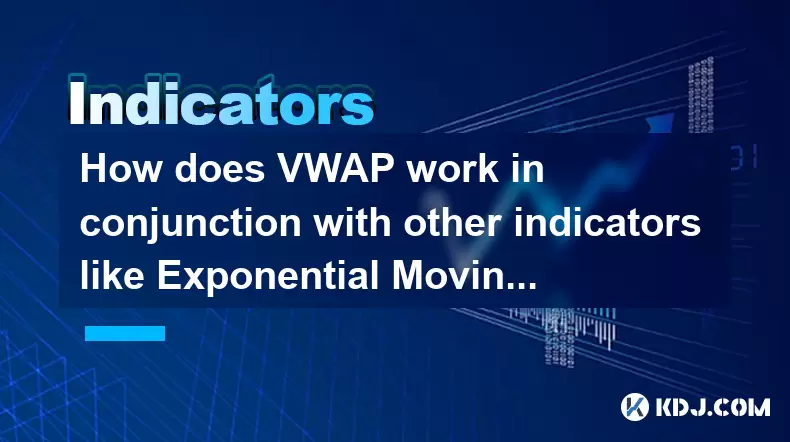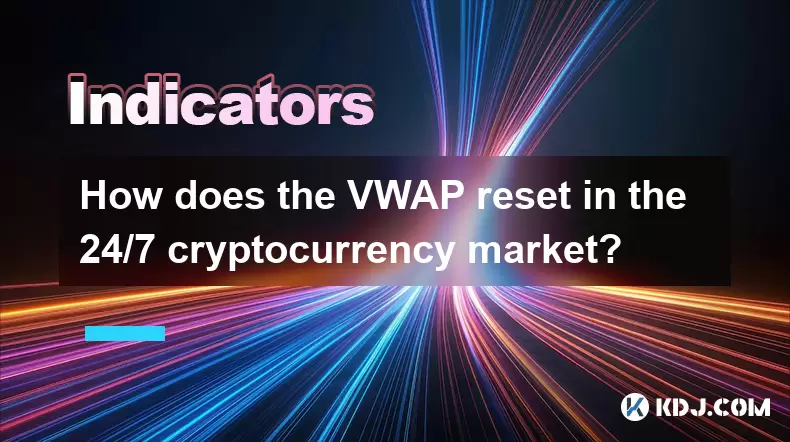-
 Bitcoin
Bitcoin $117400
-0.25% -
 Ethereum
Ethereum $3762
-0.57% -
 XRP
XRP $3.072
-1.57% -
 Tether USDt
Tether USDt $1.000
0.02% -
 BNB
BNB $786.5
-2.10% -
 Solana
Solana $175.6
-3.15% -
 USDC
USDC $0.9999
0.01% -
 Dogecoin
Dogecoin $0.2166
-2.88% -
 TRON
TRON $0.3268
-2.89% -
 Cardano
Cardano $0.7540
-3.38% -
 Hyperliquid
Hyperliquid $41.82
-3.43% -
 Sui
Sui $3.723
-2.44% -
 Stellar
Stellar $0.4030
-3.66% -
 Chainlink
Chainlink $17.47
-1.80% -
 Bitcoin Cash
Bitcoin Cash $568.2
1.00% -
 Hedera
Hedera $0.2531
-3.51% -
 Avalanche
Avalanche $23.09
-4.91% -
 Litecoin
Litecoin $109.6
1.22% -
 UNUS SED LEO
UNUS SED LEO $8.954
-0.09% -
 Toncoin
Toncoin $3.366
-0.23% -
 Ethena USDe
Ethena USDe $1.001
0.01% -
 Shiba Inu
Shiba Inu $0.00001269
-2.93% -
 Uniswap
Uniswap $9.816
-4.14% -
 Polkadot
Polkadot $3.754
-3.49% -
 Monero
Monero $308.0
-2.79% -
 Dai
Dai $1.000
-0.01% -
 Bitget Token
Bitget Token $4.497
-0.77% -
 Pepe
Pepe $0.00001117
-2.61% -
 Cronos
Cronos $0.1428
-0.40% -
 Aave
Aave $269.9
-4.24%
What is a good EMA for medium-term crypto trades?
The Exponential Moving Average (EMA) is a key tool in crypto trading, with 20- to 50-period EMAs widely used for medium-term strategies to balance responsiveness and reliability on daily or 4-hour charts.
Jul 30, 2025 at 02:29 pm

Understanding EMA in Cryptocurrency Trading
The Exponential Moving Average (EMA) is a widely used technical indicator in cryptocurrency trading that gives more weight to recent price data, making it more responsive to new information compared to the Simple Moving Average (SMA). Traders rely on EMA to identify trends, determine entry and exit points, and assess momentum. In the volatile crypto market, where prices can shift rapidly, EMA’s sensitivity to recent price movements makes it particularly valuable. The core principle behind EMA is that recent data points are more relevant than older ones, which aligns well with the fast-paced nature of digital assets.
When selecting an EMA for medium-term crypto trades, typically spanning from one week to several months, traders must balance responsiveness and reliability. A shorter EMA reacts quickly to price changes but may produce false signals due to market noise. Conversely, a longer EMA smooths out volatility but may lag behind actual trend reversals. The ideal EMA setting for medium-term strategies often lies between 20 and 50 periods, depending on the trader’s risk tolerance and the specific cryptocurrency being analyzed.
Common EMA Settings for Medium-Term Strategies
Several EMA combinations are commonly used by traders focusing on medium-term positions. One popular choice is the 20-period EMA, which is effective for identifying short-to-medium-term trends on daily charts. When combined with a longer EMA, such as the 50-period EMA, it forms a dynamic crossover system. Traders watch for the 20 EMA crossing above the 50 EMA as a bullish signal, and the 20 EMA crossing below the 50 EMA as bearish.
Another frequently used setup is the 30-period and 60-period EMA combination. This pair offers a slightly smoother trend reading, reducing the number of false signals in choppy markets. On a daily chart, the 30 EMA represents roughly a month and a half of price data, while the 60 EMA covers about two and a half months—ideal for medium-term trend analysis. When the price consistently trades above both EMAs, it indicates a strong uptrend. Conversely, sustained trading below suggests a downtrend.
Some traders prefer the 45-period EMA as a standalone indicator for medium-term trades. This setting strikes a balance between sensitivity and stability, making it suitable for filtering out short-term noise while still capturing meaningful trend shifts. It is especially useful when applied to assets with moderate volatility, such as Ethereum (ETH) or BNB, where sudden spikes are less frequent than in smaller altcoins.
How to Apply EMA on Trading Platforms
To apply EMA on most trading platforms, such as TradingView, Binance, or KuCoin, follow these steps:
- Navigate to the chart of the cryptocurrency you wish to analyze.
- Click on the “Indicators” or “Studies” button, usually located at the top of the chart interface.
- Search for “Exponential Moving Average” in the indicator library.
- Select the EMA and adjust the period setting to your desired value (e.g., 20, 30, 45, 50, or 60).
- Customize the color and line thickness for better visibility—many traders use green for shorter EMAs and red or blue for longer ones.
- Apply a second EMA with a different period to enable crossover analysis.
- Position the chart timeframe to daily (1D) or 4-hour (4H) to align with medium-term trading goals.
Once applied, observe how the price interacts with the EMA lines. A pullback to the EMA that results in a bounce can signal a continuation of the trend. If the price fails to reclaim the EMA after a break, it may indicate a potential reversal.
Using EMA Crossovers for Trade Signals
EMA crossovers are among the most reliable methods for generating trade signals in medium-term strategies. A bullish crossover occurs when a shorter EMA (e.g., 20) moves above a longer EMA (e.g., 50). This suggests increasing upward momentum and is often used as a buy signal. To confirm the validity of the signal:
- Ensure the crossover happens on a daily or 4-hour chart.
- Check for volume confirmation—a spike in trading volume during the crossover strengthens the signal.
- Look for alignment with support/resistance levels or Fibonacci retracements.
- Avoid acting on crossovers during periods of low volatility or consolidation.
A bearish crossover happens when the shorter EMA crosses below the longer one. This may prompt traders to exit long positions or initiate short trades. However, in strong bull markets, such crossovers can be temporary pullbacks. Therefore, it’s crucial to assess the broader market context before acting.
Combining EMA with Other Indicators
While EMA is powerful on its own, combining it with other technical tools enhances accuracy. The Relative Strength Index (RSI) helps identify overbought or oversold conditions. For instance, if the 20 EMA crosses above the 50 EMA and the RSI is below 50 but rising, it reinforces a potential bullish move.
The MACD (Moving Average Convergence Divergence) complements EMA by showing momentum shifts. A bullish MACD crossover coinciding with an EMA buy signal increases confidence in the trade. Similarly, volume indicators like OBV (On-Balance Volume) can confirm whether the price movement is supported by institutional or retail accumulation.
Support and resistance levels derived from horizontal price zones or trendlines should also be considered. If an EMA crossover occurs near a key support level, the probability of a successful trade increases. Traders often draw these levels manually or use pivot point indicators for automated detection.
Backtesting EMA Strategies
Before deploying any EMA-based strategy in live trading, backtesting on historical data is essential. Most platforms allow traders to scroll back in time and simulate trades based on EMA signals.
- Select a cryptocurrency pair, such as BTC/USDT or ETH/USDT.
- Apply the chosen EMA settings (e.g., 20 and 50).
- Manually mark entry and exit points based on crossovers or price bounces.
- Track win rate, average gain, and maximum drawdown over a 6- to 12-month period.
- Adjust EMA periods if too many false signals occur.
Backtesting helps refine the strategy and build confidence in its effectiveness under various market conditions.
Frequently Asked Questions
Can I use the same EMA settings for all cryptocurrencies?
No, different cryptocurrencies exhibit varying volatility and trading patterns. For example, Bitcoin (BTC) may respond well to a 50-period EMA due to its stability, while a more volatile altcoin like Solana (SOL) might require a shorter EMA, such as 20 or 30, to capture timely moves.
Should I use EMA on candlestick charts or line charts?
Always use EMA on candlestick charts. Line charts only use closing prices and may distort the EMA calculation, especially during volatile sessions. Candlesticks provide full open, high, low, and close data, ensuring accurate EMA placement.
What timeframes work best with medium-term EMA strategies?
The daily (1D) and 4-hour (4H) timeframes are optimal. The daily chart offers a clear view of the trend, while the 4H chart allows for more precise entry points within that trend.
Is EMA suitable for sideways markets?
EMA performs poorly in ranging or sideways markets, where price oscillates without a clear trend. In such conditions, EMA crossovers generate frequent false signals. It’s advisable to use oscillators like RSI or Bollinger Bands during consolidation phases.
Disclaimer:info@kdj.com
The information provided is not trading advice. kdj.com does not assume any responsibility for any investments made based on the information provided in this article. Cryptocurrencies are highly volatile and it is highly recommended that you invest with caution after thorough research!
If you believe that the content used on this website infringes your copyright, please contact us immediately (info@kdj.com) and we will delete it promptly.
- LYNO Token Presale: AI Arbitrage Revolution in DeFi
- 2025-07-31 05:11:11
- Pepecoin Successors: Can These Cryptocurrencies Make You a Millionaire?
- 2025-07-31 05:50:12
- AML Bitcoin Fraud: Cracking Down on Crypto Crime in the Big Apple and Beyond
- 2025-07-31 04:33:53
- Cardano (ADA) in 2025: Navigating Crypto's Future
- 2025-07-31 03:52:07
- Solana Meme Coin Price Prediction: Will the Frog Outleap the Dog?
- 2025-07-31 03:52:07
- Bitcoin's Bullish Outlook: CryptoQuant's Insights on Futures Market Cooling
- 2025-07-31 03:59:10
Related knowledge

How to identify sell signals with the AVL indicator?
Jul 31,2025 at 07:09am
Understanding the AVL Indicator and Its Core ComponentsThe AVL indicator, also known as the Accumulation Volume Line, is a volume-based technical anal...

How does the VWAP line help in identifying overbought and oversold market conditions?
Jul 31,2025 at 05:19am
Understanding the VWAP Line and Its Role in Technical AnalysisThe Volume Weighted Average Price (VWAP) is a critical tool used by traders within the c...

How might spikes in volume in a volatile market distort VWAP calculations?
Jul 31,2025 at 07:40am
Understanding VWAP and Its Core ComponentsVWAP, or Volume-Weighted Average Price, is a trading benchmark that gives the average price a cryptocurrency...

Is it advisable to use the VWAP indicator in isolation or with other indicators?
Jul 31,2025 at 06:48am
Understanding the VWAP Indicator and Its Core FunctionalityThe Volume Weighted Average Price (VWAP) is a widely used technical analysis tool in the cr...

How does VWAP work in conjunction with other indicators like Exponential Moving Averages (EMAs)?
Jul 31,2025 at 04:38am
Understanding VWAP and Its Role in Crypto TradingThe Volume Weighted Average Price (VWAP) is a critical analytical tool in cryptocurrency trading, par...

How does the VWAP reset in the 24/7 cryptocurrency market?
Jul 31,2025 at 06:38am
Understanding VWAP in Cryptocurrency MarketsThe Volume Weighted Average Price (VWAP) is a trading benchmark that calculates the average price of an as...

How to identify sell signals with the AVL indicator?
Jul 31,2025 at 07:09am
Understanding the AVL Indicator and Its Core ComponentsThe AVL indicator, also known as the Accumulation Volume Line, is a volume-based technical anal...

How does the VWAP line help in identifying overbought and oversold market conditions?
Jul 31,2025 at 05:19am
Understanding the VWAP Line and Its Role in Technical AnalysisThe Volume Weighted Average Price (VWAP) is a critical tool used by traders within the c...

How might spikes in volume in a volatile market distort VWAP calculations?
Jul 31,2025 at 07:40am
Understanding VWAP and Its Core ComponentsVWAP, or Volume-Weighted Average Price, is a trading benchmark that gives the average price a cryptocurrency...

Is it advisable to use the VWAP indicator in isolation or with other indicators?
Jul 31,2025 at 06:48am
Understanding the VWAP Indicator and Its Core FunctionalityThe Volume Weighted Average Price (VWAP) is a widely used technical analysis tool in the cr...

How does VWAP work in conjunction with other indicators like Exponential Moving Averages (EMAs)?
Jul 31,2025 at 04:38am
Understanding VWAP and Its Role in Crypto TradingThe Volume Weighted Average Price (VWAP) is a critical analytical tool in cryptocurrency trading, par...

How does the VWAP reset in the 24/7 cryptocurrency market?
Jul 31,2025 at 06:38am
Understanding VWAP in Cryptocurrency MarketsThe Volume Weighted Average Price (VWAP) is a trading benchmark that calculates the average price of an as...
See all articles

























































































